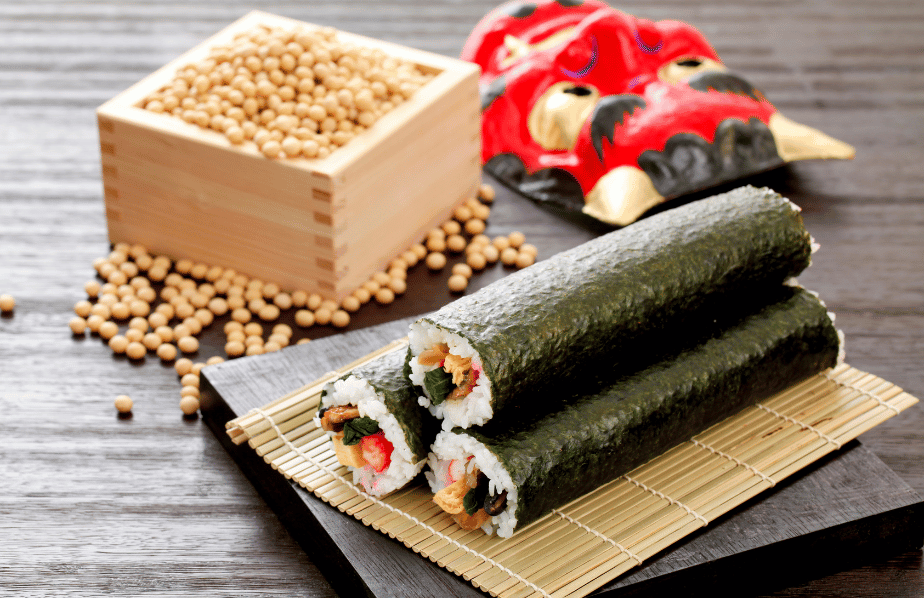Directions: Answer the following questions. You don’t have to finish all the questions.
Feel free to continue the conversation along the topic.
課題: 以下の質問をもとに講師と会話をしましょう。質問を全て終わらせることにこだわる必要はありません。
テーマに沿って自由に会話を続けてみてください。
1. What is the significance of Setsubun in Japanese culture?
2. How do people traditionally celebrate Setsubun in Japan?
3. Can you explain the tradition of mamemaki (bean-throwing) during Setsubun?
4. Are there any traditional songs or chants associated with Setsubun?
5. How do you prepare and enjoy the special Setsubun meal, eho-maki (lucky direction sushi roll)?
6. Can you share any personal memories or experiences related to Setsubun celebrations?
7. How do you explain Setsubun to people from different cultural backgrounds who may not be familiar with Japanese traditions?
8. How do you incorporate the idea of "Ogres out, fortune in" during Setsubun into your daily life?

